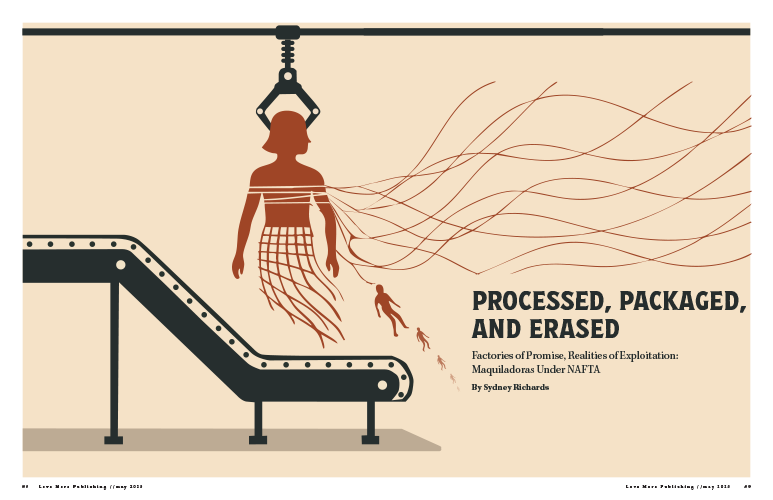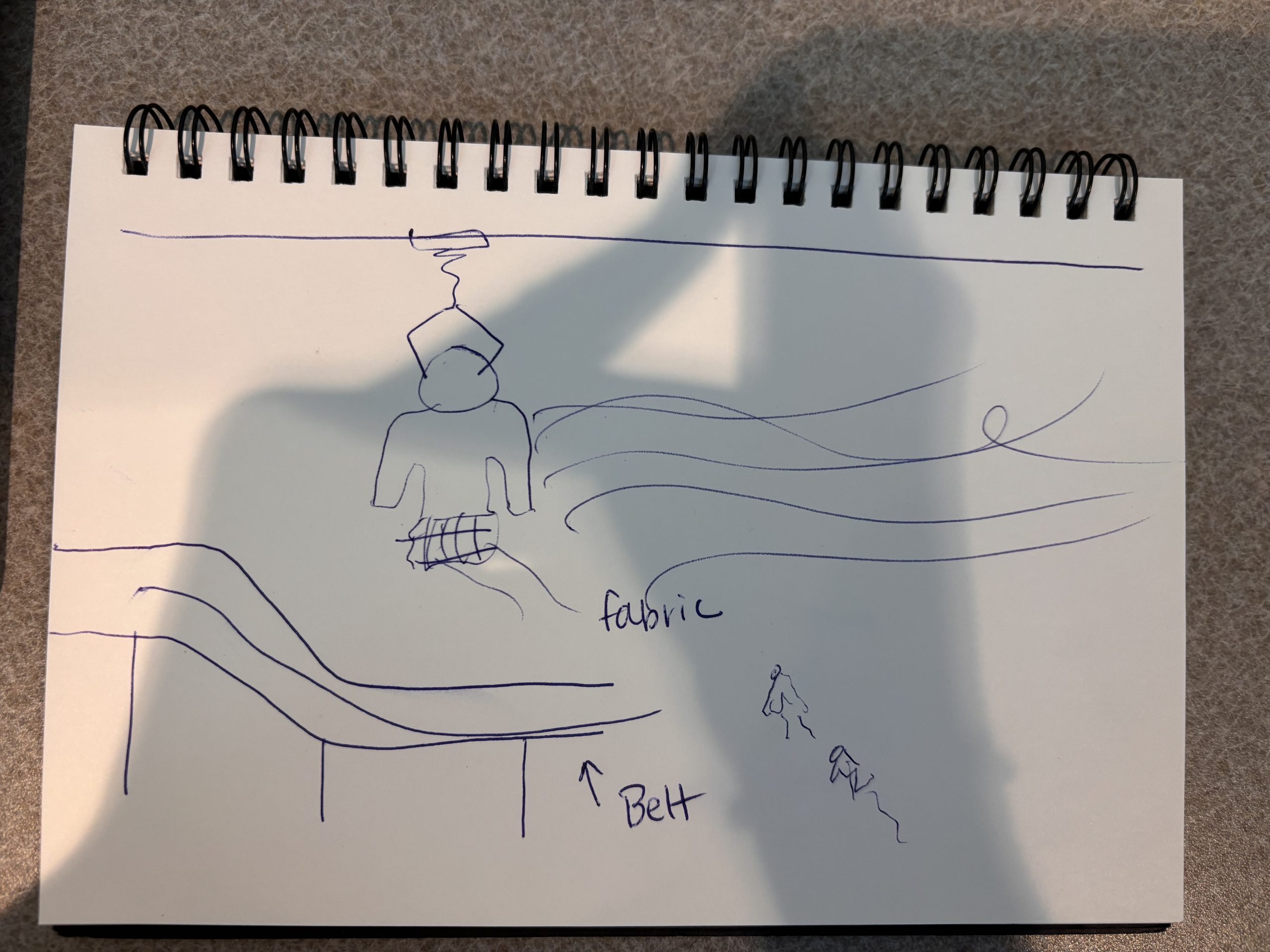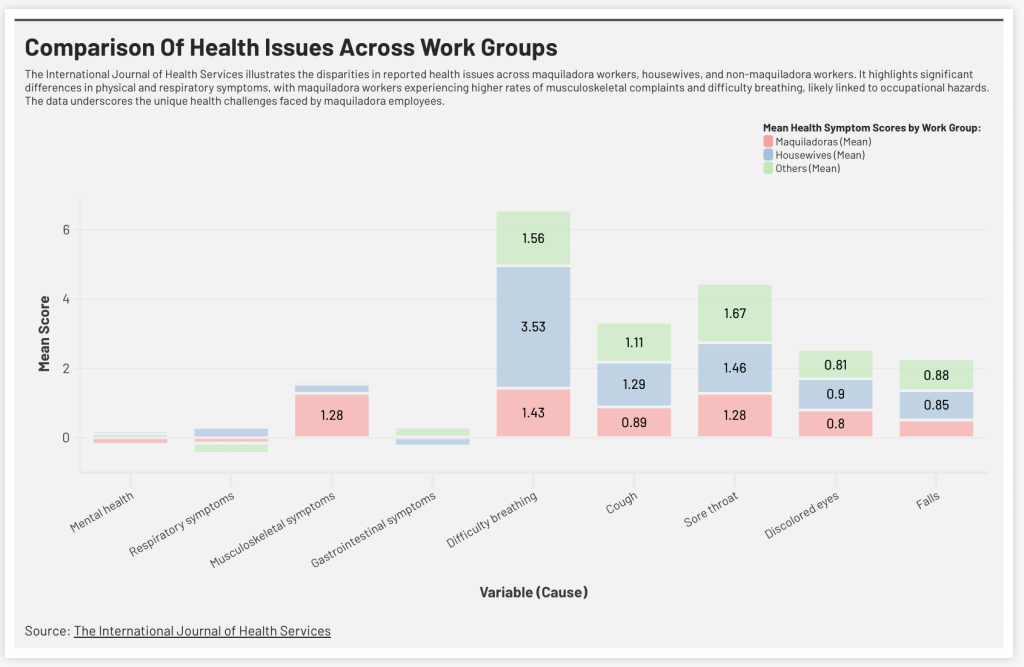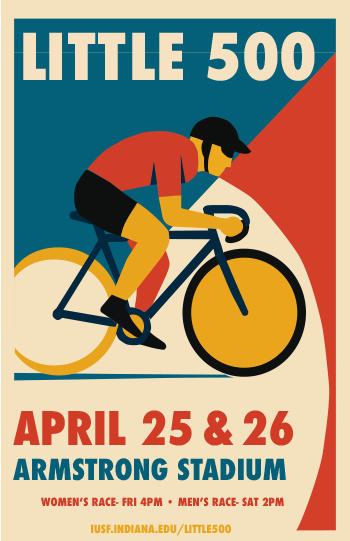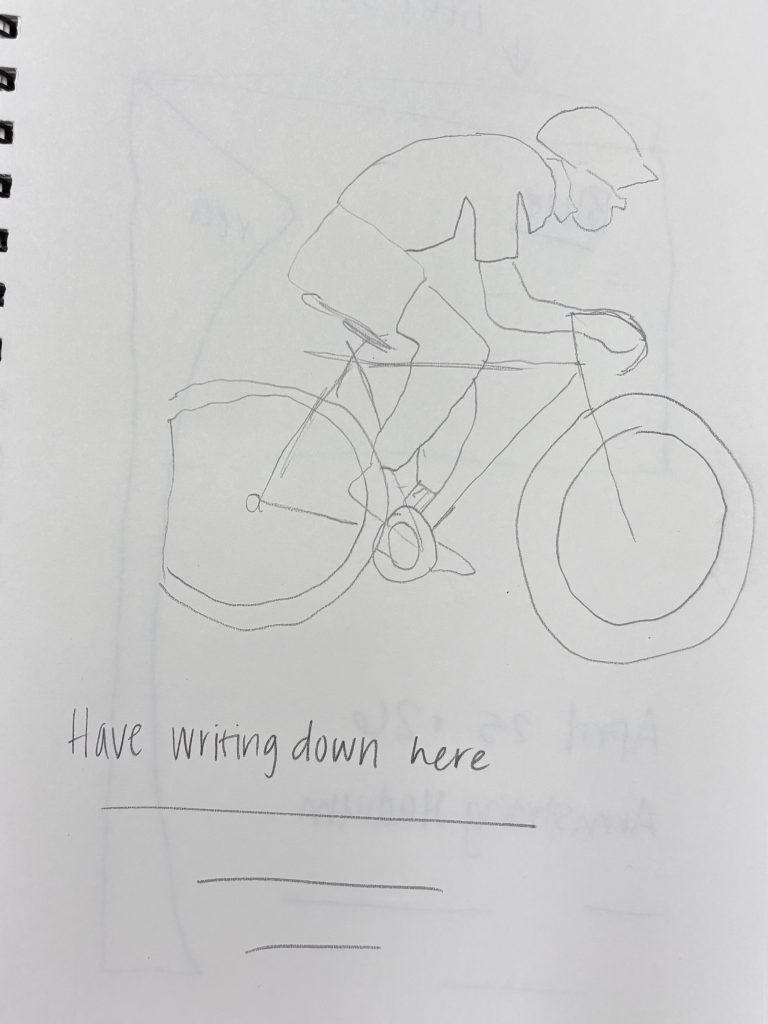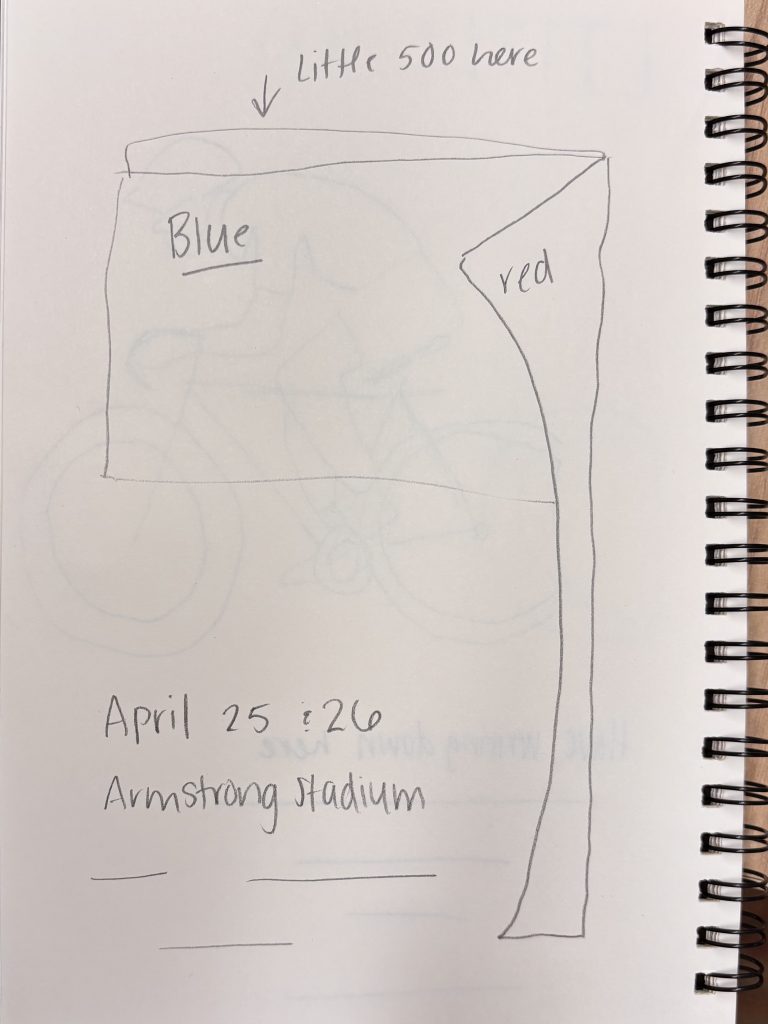Creating the animation for my “Love More Publishing” logo proved to be one of the most challenging but fulfilling creative experiences I’ve encountered this semester. Right from the beginning, I had a vivid idea: I aimed to design a brief animation where a butterfly flies into the screen and lands on a flower, leading to a fade to black that showcases my logo text. What appeared to be a straightforward concept, was harder than I thought. One of my primary challenges was making the butterfly’s wings flap in a way that appeared natural. Initially, I attempted to use rotation keyframes on layers imported from Illustrator; however, regardless of how I adjusted the anchor points or expressions, the wings continued to spin awkwardly rather than flap smoothly. I decided to abandon the original wings and recreate them directly within After Effects using solids and simple shapes. This decision allowed me to take control over the animation, and it finally began to resemble my vision. It taught me that at times, the best solution is to start anew with a simpler method.
Timing presented another obstacle. I had to coordinate multiple keyframes for position, scale, opacity, and audio to ensure everything transitioned fluidly over 10 seconds. The landing bounce, fade to black, and text reveal all needed to feel cohesive. I also faced difficulties with audio initially, uncertain about where to find royalty-free music and how to integrate it into After Effects, but once I found the YouTube Audio Library, that finishing touch truly helped tie the piece together.
In spite of the challenges, I’m proud of the progress I made independently from creating layers and utilizing expressions to resolving export settings. I realized how much consideration and technical precision go into what may look like a simple motion. I take pride in the warmth and character I infused into this animation, and I believe it effectively reflects the brand’s essence. In summary, this project illustrated that animation can be challenging, but also incredibly rewarding. I now have a better grasp of how to break down a vision into manageable steps, and I’ve recognized my growth not only as a designer but also as a creative problem-solver.

